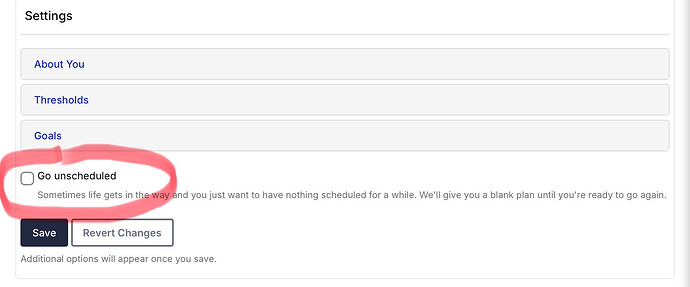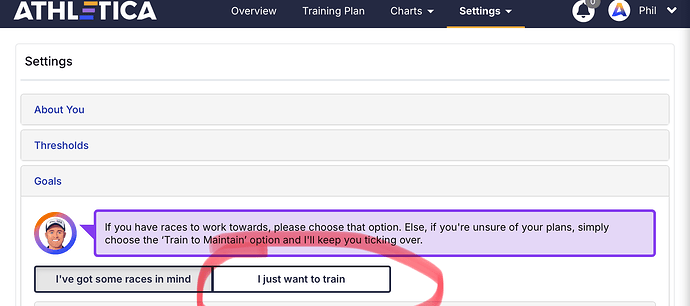Just thinking big picture here.
AI can do a lot for us, but this is one area where only the human him/herself knows best.
I’ve certainly had my fair share of injuries and niggles - and if anything (?) - I’ve learned that each injury is unique, each life situation is unique, and each return to sports journey is unique. BUT - often there is overall life stress at play. @Prof taught me this long time ago… I had PF and he would say, yup, try to release your stress. I would roll my eyes, not really understanding how my stress could be causing my heel pain (because “surely it’s the Plantar Fascia that has a mechanical injury?!”) but over time I realized he is right, and I dug deep into pain psychology, meditation and just trying to lean in on lowering stress levels while still loading the system with just right doses of load… Not going too deep into that, but let’s talk about stress a bit.
Too much stress-
causing the problem first of all, and
lengthens the healing process.
With Stress - I mean physical training stress + everything else you do (snow shoveling much?)
Emotional stress - work stress, fights with spouse/kids, study stress etc
Environmental stress - air pollution, biochemical stress like nutrition (I guess that could go into this bucket?).
When we are stressed, our energy goes into fight or flight response, not rest & digest - so healing your injury or niggle is not prioritized. Our bodies are in constant alert state when we are walking around with tons of stress… you’ve surely noticed old injuries and niggles starting to bug you after they’ve been fine when your stress levels sky rocket…?
So when Stryd power calculation or Garmin watch predictions are telling you that you are losing fitness - try to tell it to take a hike and try your best not to stress about it. I know, it’s easier said than done. Meditation is gold 
That said,
ligaments and tendons like to be loaded. The art of returning to sports is about giving the system just enough load to promote healing and re-build, but not too much so that the healing process takes longer.
That’s why I recommend walk-run method after injuries. Build from really easy 1 min walk 1 min run for 15mins, then extend the run portion gradually. Always listening to your body. Allow 24 hrs after your runs before making judgement calls, as your ligaments and tendons may get angry at first, but then quickly return back to normal. If 48 hrs has passed and you are fine, do another short walk - run. How fast you extend the run depends on your response, so no fast rule here.
So “free styling” is the best approach, but remember to load little but often.
Does this make sense?
MJ
![]()

